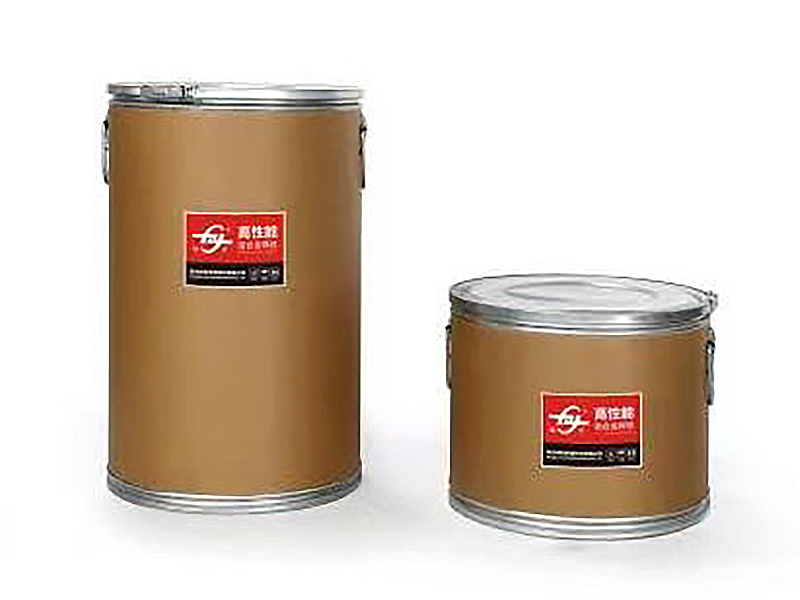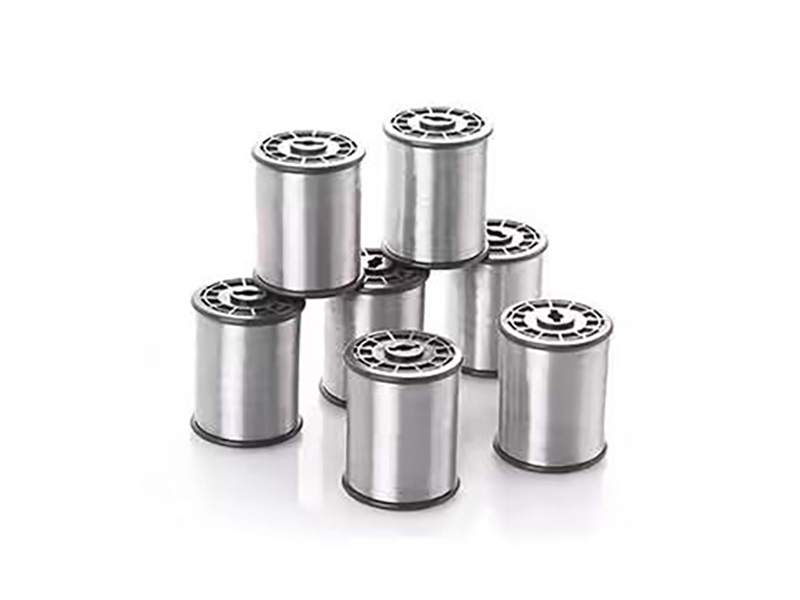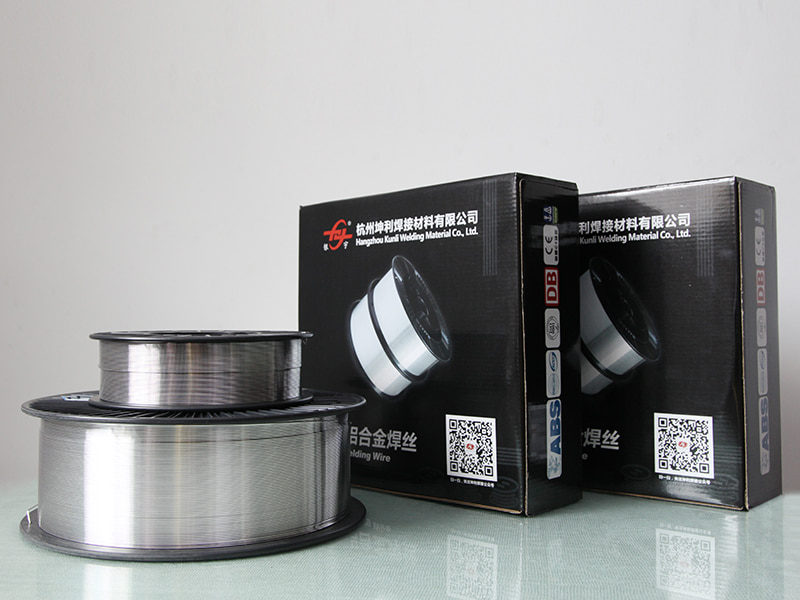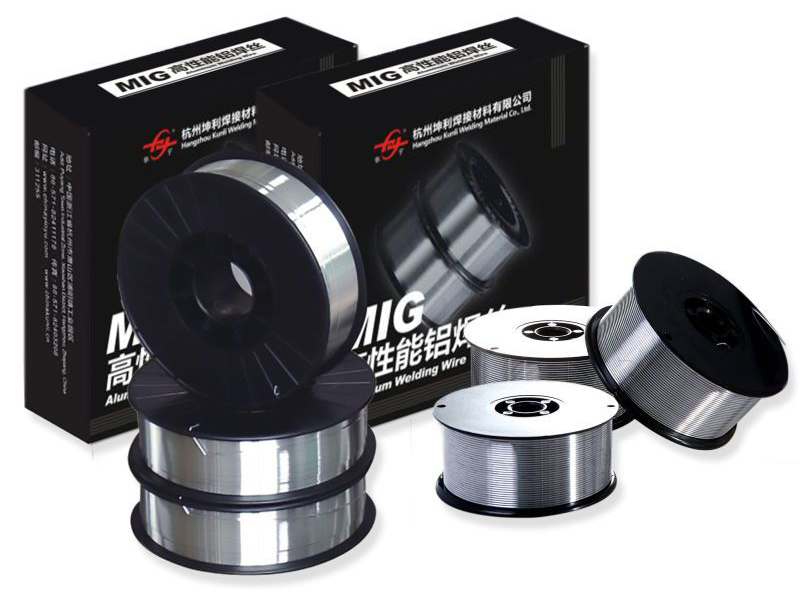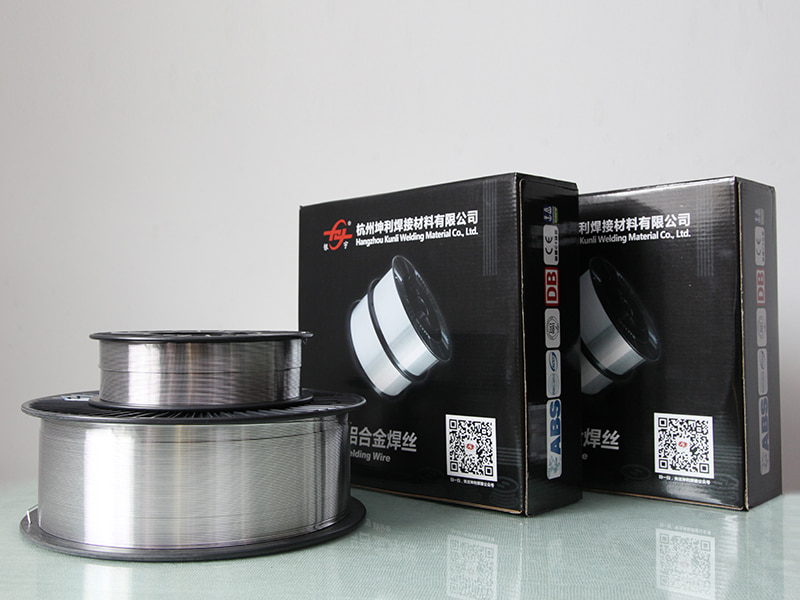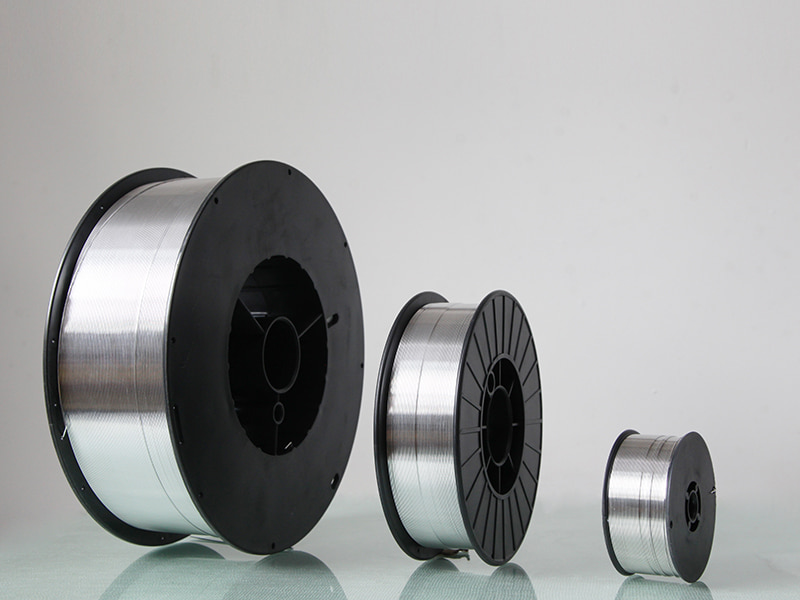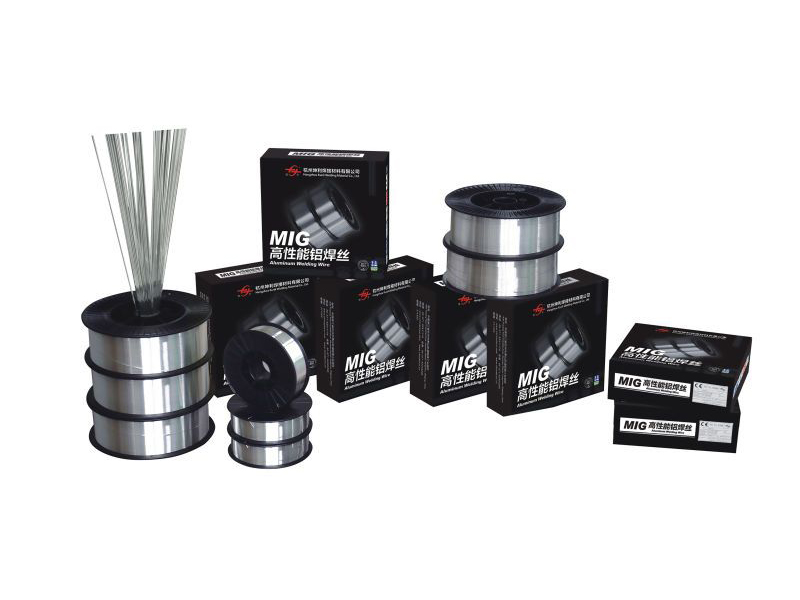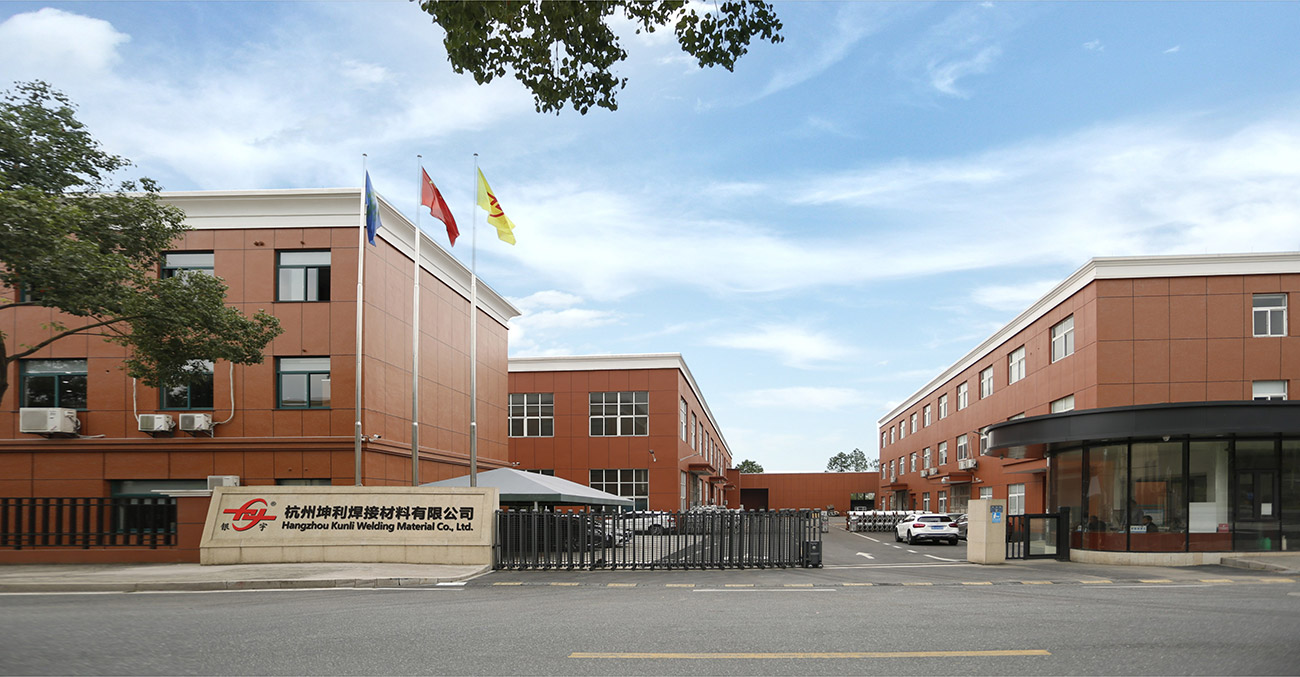Introduction
The manufacture of automotive and industrial heat exchangers requires welding materials with excellent flow characteristics and a controlled, low melting point. Our Aluminum-Silicon wires (primarily 4XXX series) are engineered for these specific thermal applications. The presence of Silicon lowers the liquidus temperature, promoting smooth flow and wetting during high-speed brazing or MIG welding processes, ensuring the production of thin-walled, pressure-tight assemblies critical for efficient thermal transfer systems.
Specification
| Classification (AWS) | ER4047 / ER4043 |
| Silicon Content | Controlled range (e.g., 4.5% to 12% Si) |
| Base Metal Compatibility | 3003, 6061, and most aluminum brazing sheet alloys |
| Melting Range (Typical) | Lower liquidus temperature for reduced heat input |
| Diameter Range | 0.8mm to 1.2mm (fine gauge for thin sections) |
Applications
Joining tubes and fins in automotive radiators and condensers.
Fabrication of industrial intercoolers and air conditioning coils.
Welding aluminum piping systems for fluid transfer in heat management.
Used as feedstock for specialized flux-cored aluminum brazing applications.
FAQ
- Q: Why is ER4047 often preferred over ER4043 for heat exchanger joining?
- A: ER4047 has a higher silicon content (approx. 11-13%) compared to ER4043 (approx. 5%), which results in a lower melting point, enhancing fluidity, and reducing the risk of hot cracking on thinner materials.
- Q: Can these wires be used in dip brazing or furnace brazing processes?
- A: While designed for welding, the alloys' composition is derived from brazing fillers. They can be utilized as specialized preforms or rods in manual torch brazing setups, leveraging their low melting characteristics.
 English
English Deutsch
Deutsch
 English
English Deutsch
Deutsch

